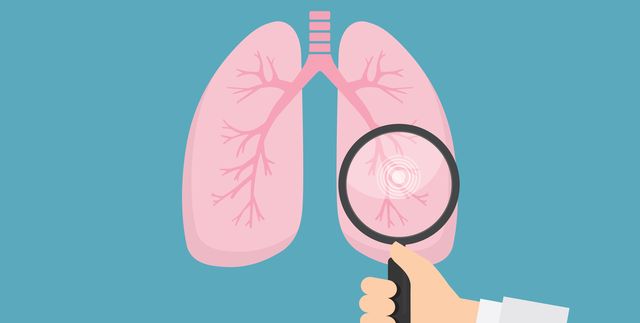The Early Signs and Symptoms of Diabetes
During the past few years, there are some medical conditions that have become significantly more common. One of the biggest examples is diabetes. Diabetes is a chronic medical condition that impacts the ability of the body to appropriately manage its blood sugar levels. If the body is not able to manage its blood sugar appropriately, this can lead to long-term damage to the blood vessels, nerves, kidneys, and eyes. Therefore, it is critical to diagnose diabetes as quickly as possible. What are some of the most common signs and symptoms of diabetes? There are several important points that everyone should
keep in mind.
Related Topics (Ads):
The Two Types of Diabetes
In general, there are two separate types of diabetes. They used to be called juvenile-onset diabetes and adult-onset diabetes. Now, because a lot of children are being diagnosed with what was traditionally adult-onset diabetes, these are referred to as Type 1 and Type 2 diabetes.
Type 1 diabetes is a type of diabetes that people often have from birth. With this specific type of diabetes, the pancreas is unable to make insulin. Insulin is responsible for reducing the body’s blood sugar levels. If individuals are not able to produce insulin, they cannot reduce their blood sugar levels.
The other type of diabetes is called Type 2 diabetes. Type 2 diabetes develops when the body has a resistance to insulin. Essentially, the body spends so much time producing insulin to reduce its blood sugar levels that it becomes resistant to insulin. Eventually, the pancreas may get burnt out, causing it to stop producing insulin altogether.
What Are Some of the Most Common Signs and Symptoms of Diabetes?
Diabetes can present in multiple ways. It depends on the type of diabetes that someone has. First, type 1 diabetes usually presents in young children. Even though this is not necessarily universal, and some adults can develop type 1 diabetes later in life, it is usually a condition that presents in younger children who are otherwise healthy.
Related Topics (Ads):
Some of the most common signs of type 1 diabetes include:
- Urinating frequently
- Unexplained weight loss
- The development of extreme fatigue
- Seizures
- Unconsciousness
Often, children with Type 1 diabetes are not diagnosed until they develop something called diabetic ketoacidosis. This refers to blood sugar levels that are so high that the pH of the body’s blood becomes extremely acidic. Furthermore, with high, spiking blood sugar levels, it is not unusual for children to develop seizures. This can also happen in adults who are experiencing complications of Type 1 diabetes for the first time.
In contrast, Type 2 diabetes often presents very differently. Seizures and unconsciousness are uncommon and individuals who are diagnosed with Type 2 diabetes. Some of the most common signs and symptoms of this type of diabetes include:
- Obesity
- Numbness and tingling in the feet
- Difficulty seeing
- A specific skin condition called acanthosis nigricans
- The development of sores on the surface of the skin, particularly in skin folds
One of the earliest symptoms is acanthosis nigricans. This is a skin condition that causes the skin to turn dark. It is usually a sign of insulin resistance. Often, this skin condition will develop in the armpits, around the neck, and in the groin area. Individuals who noticed that their skin is turning dark often believe that they are simply dirty. On the other hand, this discoloration will not come off even with vigorous scrubbing. It is a sign that the body of developing insulin resistance, and individuals who notice this type of skin condition must see a doctor as quickly as possible.
Why Is it Important To Diagnose Diabetes Early?
It is critical to diagnose diabetes as early as possible. First, individuals who develop seizures stemming from diabetic ketoacidosis could pass away if this is not treated immediately. Individuals who develop diabetic ketoacidosis have to go to the ICU for appropriate treatment.
Related Topics (Ads):
Second, there are long-term complications that could develop from diabetes as well. For example, individuals who do not control their blood sugar levels could end up going blind. This is a specific complication of diabetes called diabetic retinopathy.
Individuals with diabetes could also develop a long-term condition called diabetic neuropathy. High blood sugar levels could damage the body’s nerves. This often leads to numbness and tingling in the extremities. At the nerves die, people do not realize that they cannot sense discomfort, particularly in their feet. Ulcers can develop in this part of the body, causing people to lose toes, feet, or even entire limbs.
Finally, diabetes can also lead to kidney complications. This is called diabetic nephropathy. If this is not treated appropriately, individuals could develop kidney failure. For all of these reasons, it is critical to diagnose diabetes as quickly as possible. That means spotting the early signs and symptoms.







